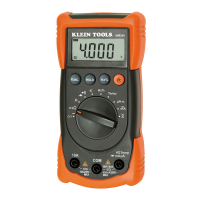
Do you have a question about the Klein Tools MM200 and is the answer not in the manual?
| Type | Digital Multimeter |
|---|---|
| Model | MM200 |
| Display | LCD |
| Battery | 2 x AAA |
| Continuity | Yes |
| Diode Test | Yes |
| Battery Test | Yes |
| Safety Rating | CAT III 600V |
| Display Count | 2000 |
| Auto Power Off | Yes |
| Low Battery Indicator | Yes |
| Data Hold | Yes |
| Backlight | No |
| Operating Temperature | 32°F to 104°F (0°C to 40°C) |
| Temperature Range | -20°C to 60°C |
Provides crucial safety instructions and precautions to prevent injury or damage during operation.
Illustrates and defines the various symbols used on the multimeter and in its manual.
Describes key features such as Backlight, Battery/Fuse replacement, and Auto Power-Off.
Instructions for measuring AC and DC voltage up to 600V, including lead placement.
Procedure for measuring AC/DC current up to 10A using the appropriate input and selection.
Instructions for measuring AC/DC current up to 400mA using the mAµA input.
Guidance on measuring resistance up to 40MΩ, emphasizing safety on live circuits.
How to perform diode tests and continuity checks, including expected display readings.
Steps for measuring capacitance up to 200μF, noting potential measurement times.
Instructions for measuring frequency up to 1MHz and duty cycle.
Procedure for measuring temperature using the K-type thermocouple and adapter.
Detailed table of ranges, resolutions, and accuracies for various measurement types.
Details the product warranty period, coverage, exclusions, and contact information.
Guidelines for cleaning the instrument and proper storage to maintain its condition.
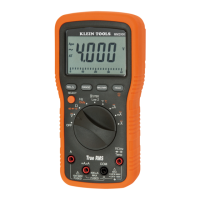
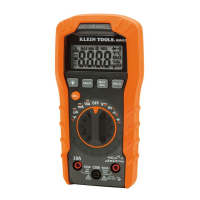
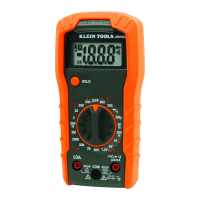
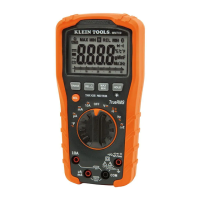

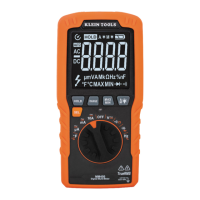

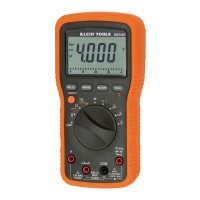

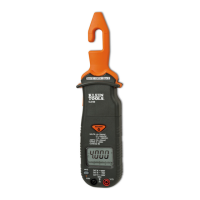
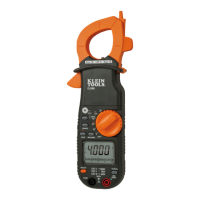
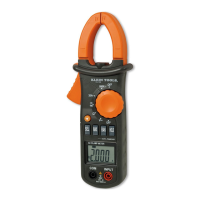
